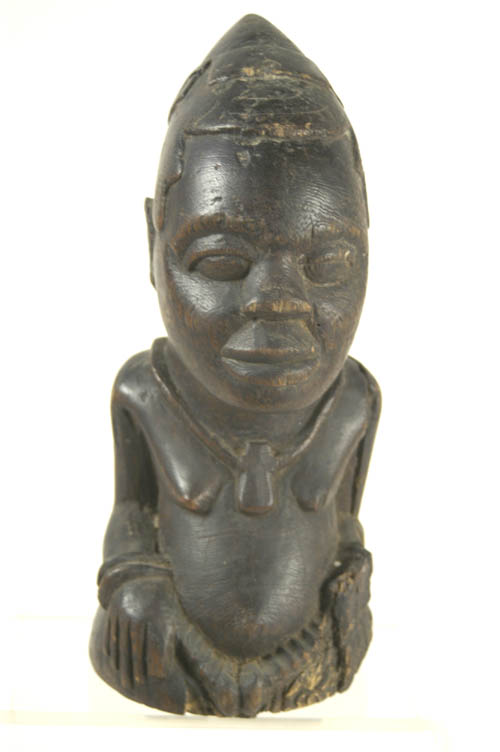
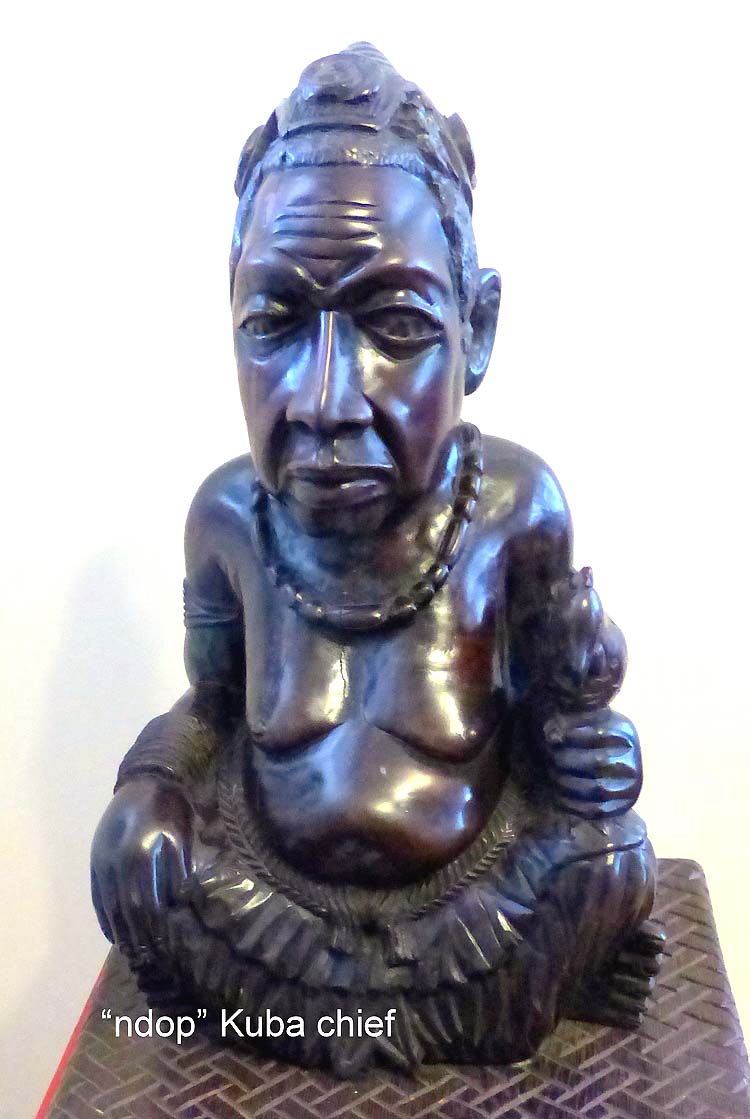
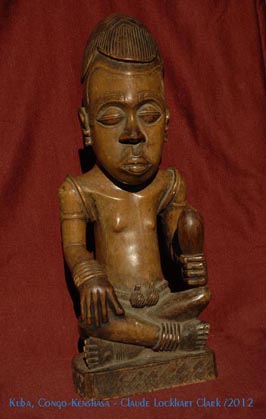
| EARTH METROPOLIS AFRICAN ART |
| ClaudeClark.com | Educ. | Kuba Kings | Kuba | African Studies | Ndop Images | African | Igbo | Yoruba |Akan Art | |
 |  |  |
|---|---|---|
| Mbo Image of a Chief |
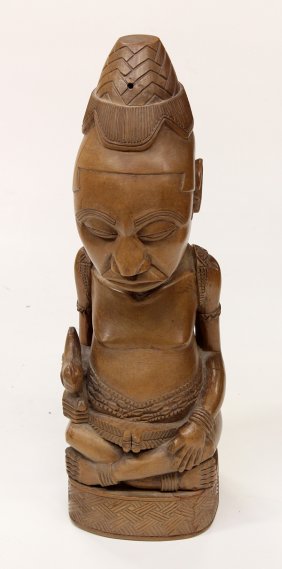 | 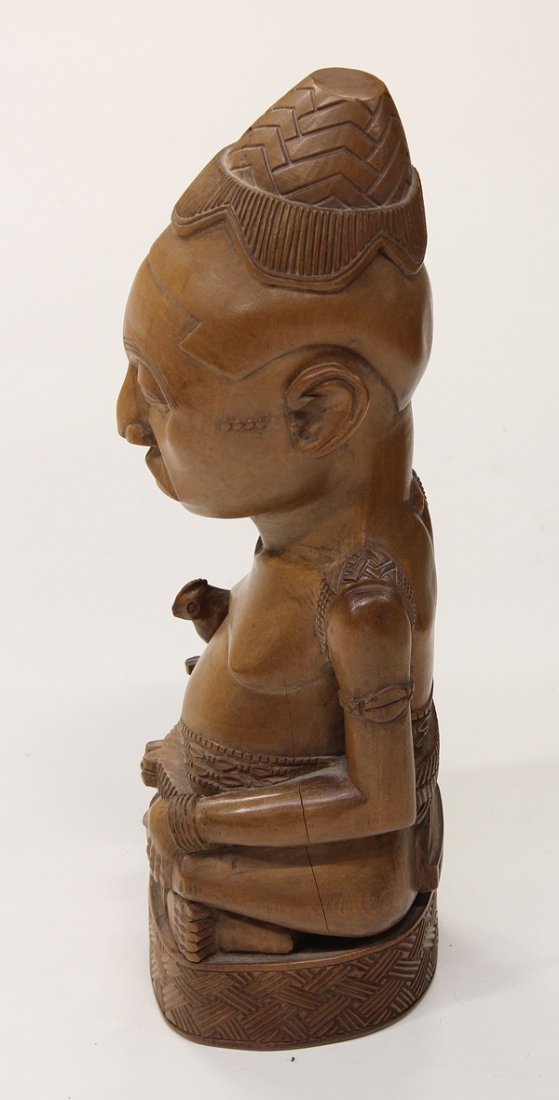 | 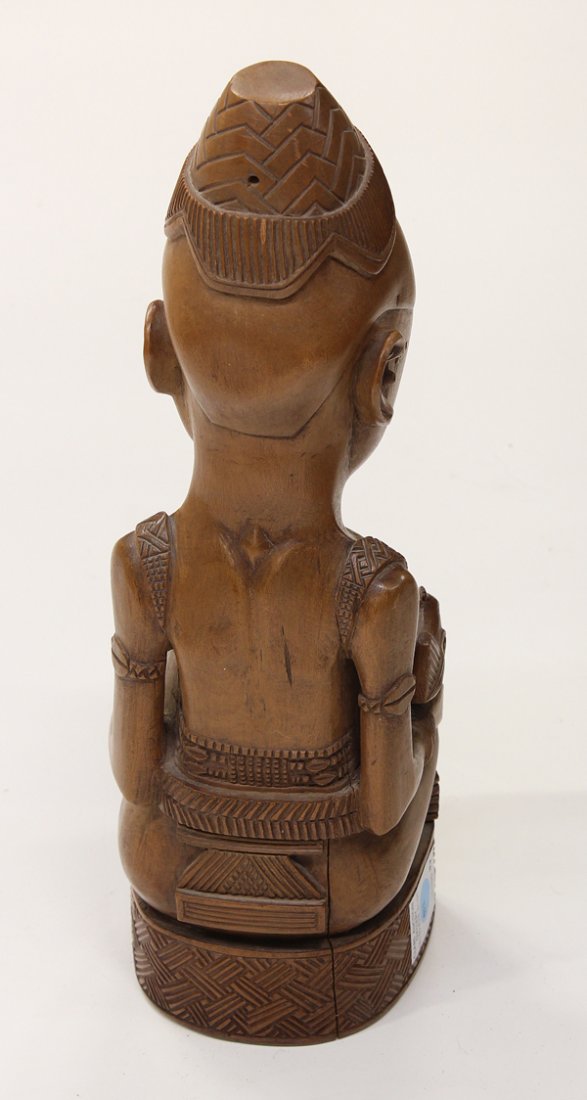 |
|---|
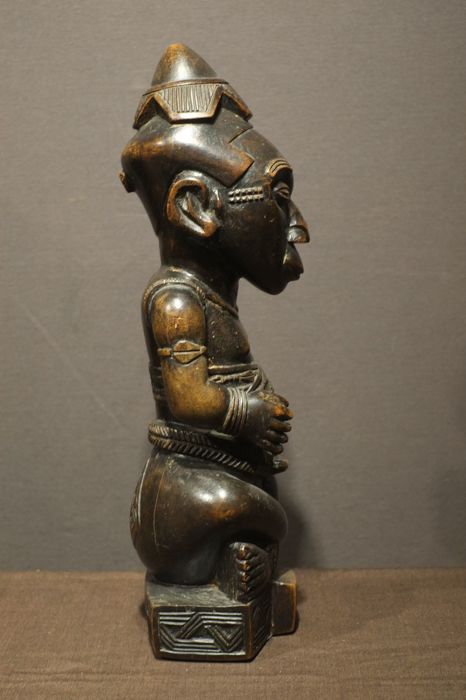 | 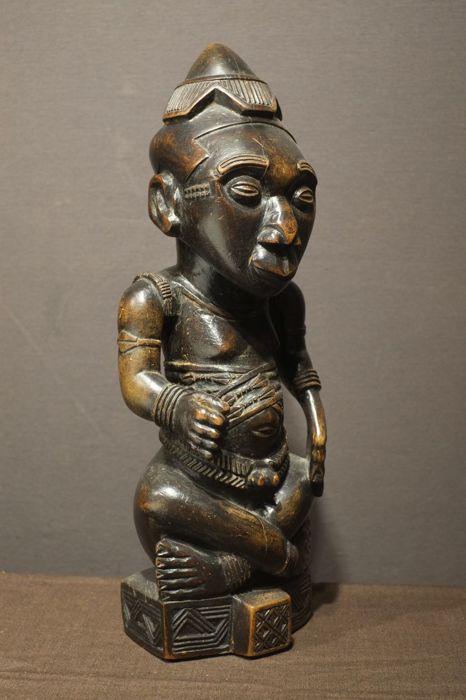 | 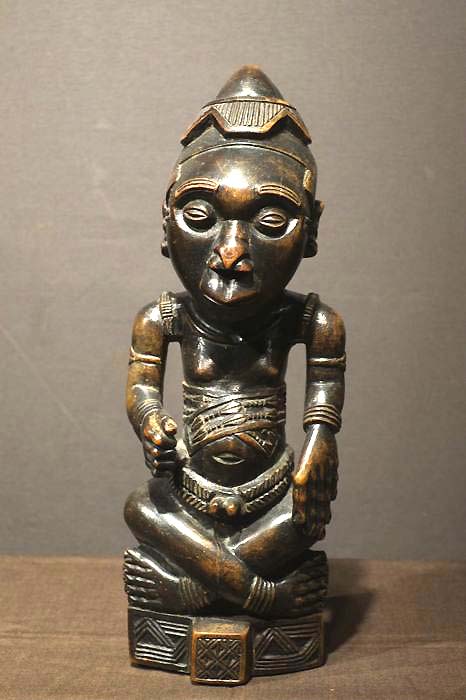 |
|---|
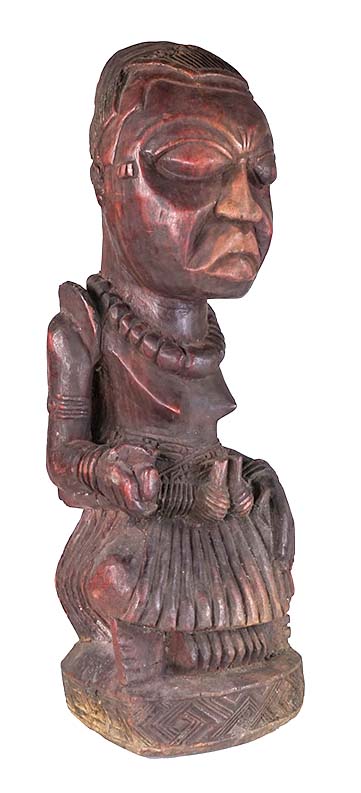 | 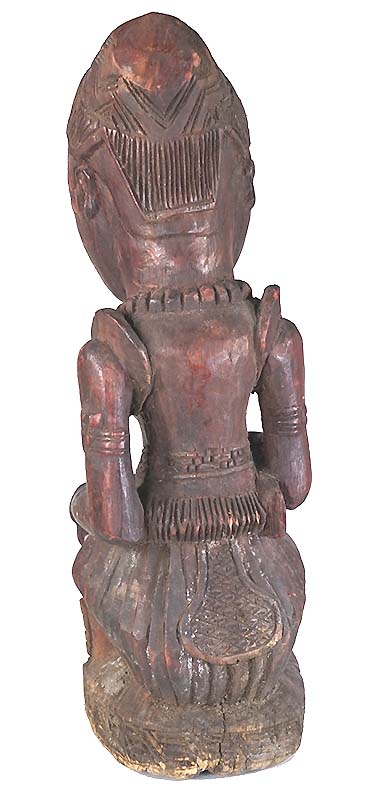 | 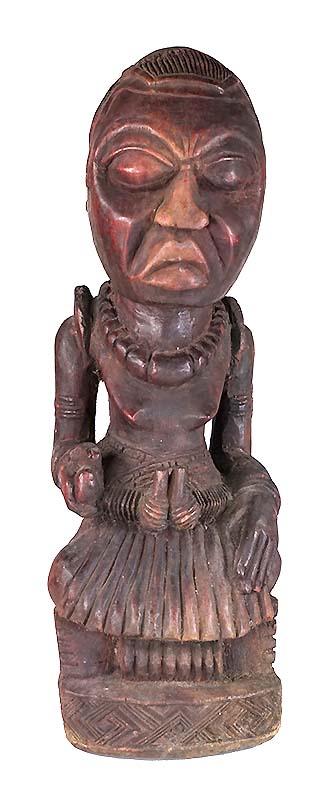 |
|---|
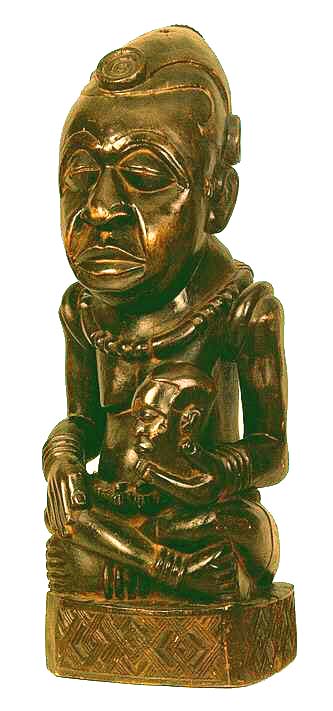 | 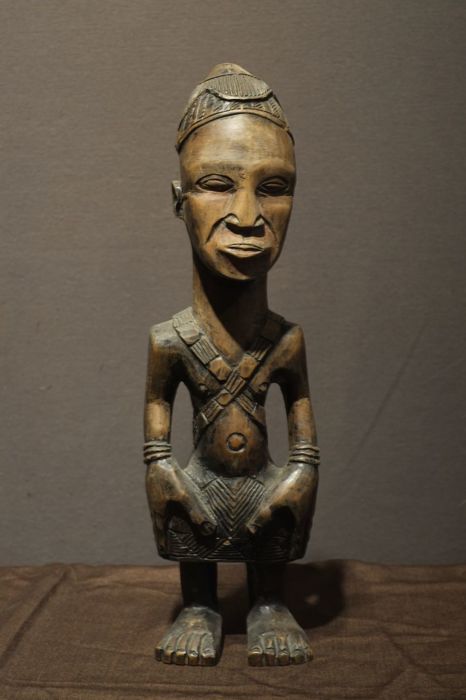 |
|---|
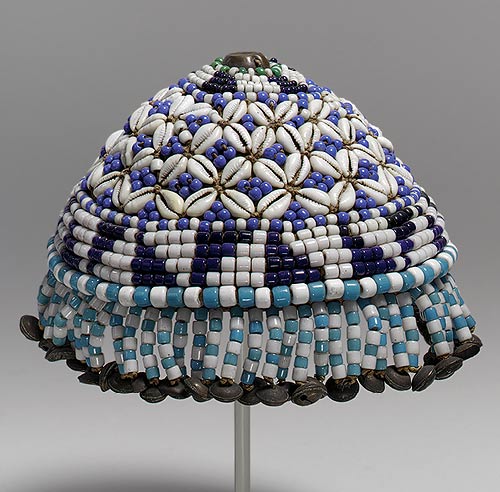
|
All chiefs wore beaded caps similar to the one owned by Nyim Laket Mishiing. Below is a discription from the Metropolitan Musuem -
Gift of Lilly Dache, 1974 (1974.83.14) Not on view Last Updated June 18, 2013 The Kuba kingdom was founded in the early seventeenth century in what is today south-central Democratic Republic of Congo. As a result of its prosperity and stability, it became a center renowned for its remarkable artistic invention. Except for that of the king, who was considered divine, titles at the Kuba court were awarded rather than inherited, resulting in intense competition over positions of power. To signal their upward mobility, ambitious Kuba titleholders commissioned local artisans to produce elegant personal accessories to wear and display. Splendidly decorated caps were one type of item that indicated Kuba male social standing. Men received small raffia hats, called laket mishiing, upon completion of an initiation process that signaled their transformation into mature members of Kuba society. As they moved up the social ladder and occupied positions requiring greater experience and responsibility, their headgear continuously changed to reflect their accomplishments. Nearly all hats were based upon a type of simple domed cap worn on the crown of the head and held in place with a metal pin. Materials such as beads, shells, metal ornaments, feathers, and animal hair were affixed to this structure depending on the nature and extent of the wearer's achievements. This cap is an especially striking and beautiful example of Kuba beadwork. Much of its surface is covered in a cruciform pattern of appliquéd cowry shells and blue beads, while beaded bands in blue and white have been sewn along the hat's crown and base. Cowry shells and beads were both used as forms of currency in this region prior to colonialism, while white and blue were colors specifically associated with positive attributes such as religious purity, prominence, and leadership. Together, these elements indicated that the wearer of this work of art was not only wealthy but also an eminent and respected member of Kuba society. Finally, a fringe of beads and metal bells running along the cap's lower edge adds an audible component. Any movement of the head would have been accompanied by a light tinkling noise and brilliant flash of color that animated the hat and drew attention to its owner's high rank and great accomplishments. Although this artwork appears on the 20th-century segment of the Timeline, it is ascribed a date of 19th–20th century.. This document was taken from the Heilbrunn Timeline of Art History at the Metropolitan Museum of Art located in New York City, New York. Free counters
|